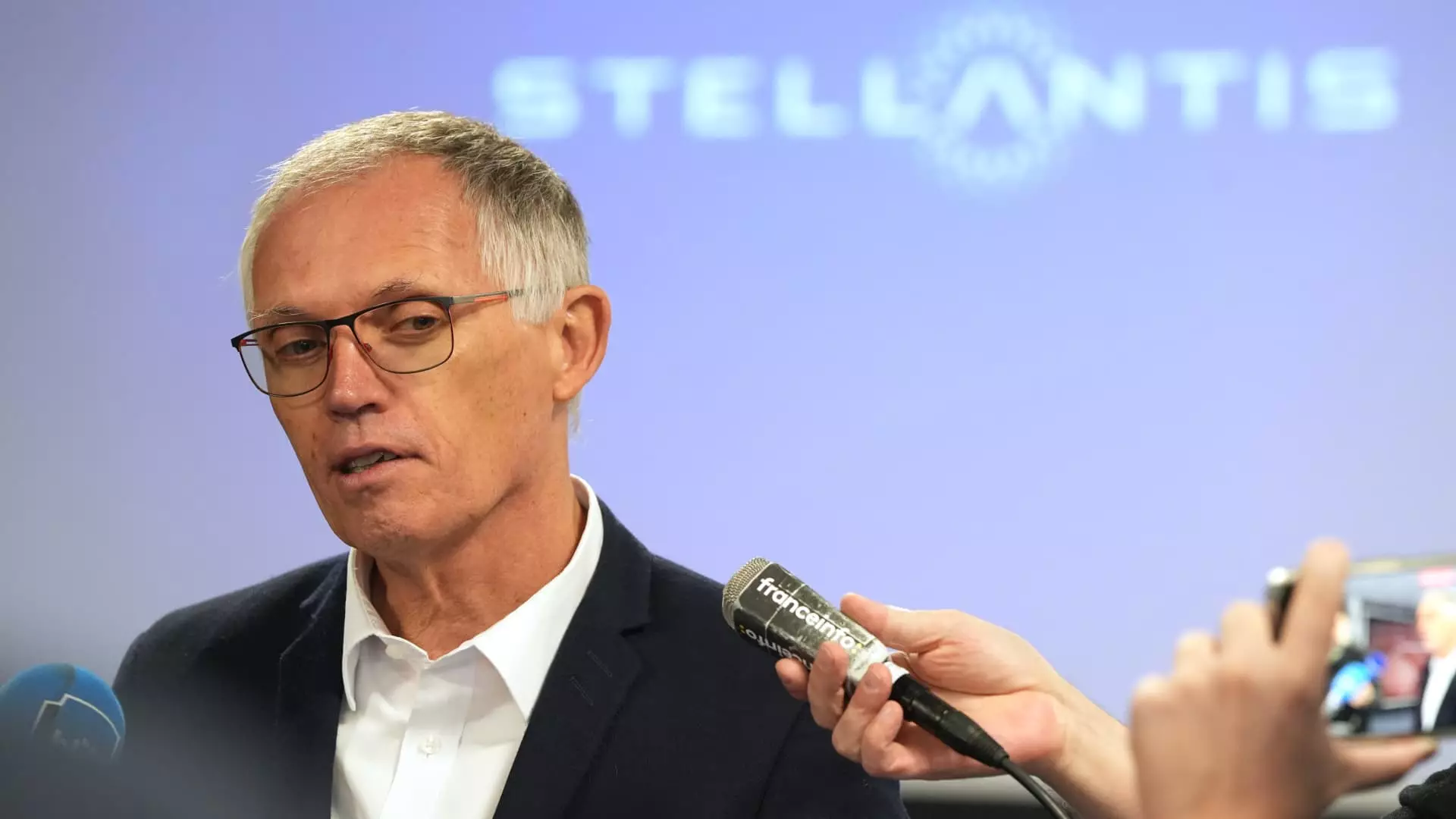In a stunning turn of events, Stellantis has announced the immediate resignation of its CEO, Carlos Tavares, marking a significant chapter in the company’s rapidly evolving landscape. The departure has been attributed to escalating differences between Tavares and the company’s board of directors, highlighting a growing chasm in governance that could have profound implications for the automaker’s future trajectory. With Tavares at the helm since the 2021 merger that created Stellantis, his exit raises crucial questions about the company’s leadership, vision, and its ability to navigate the glaring challenges it faces in an increasingly competitive automotive market.
Carlos Tavares became synonymous with Stellantis following the merger of Fiat Chrysler Automobiles and PSA Groupe, where he had previously held the position of board chair. With a strong automotive pedigree and recognition as a leading figure in the industry, Tavares was credited with steering Stellantis toward profitability. Under his guidance, the company emerged as one of the world’s foremost carmakers. However, his departure comes on the heels of a troubling year for Stellantis, characterized by disappointing financial results, particularly within the crucial U.S. sector, traditionally regarded as its primary source of revenue.
Tavares’s leadership style emphasized aggressive cost-cutting measures and operational efficiency. While these strategies initially seemed prudent, they became the subject of scrutiny as Stellantis faced a pronounced decline in U.S. vehicle sales and overall market performance. The harmonization of brand identities and fostering synergy among the myriad brands under Stellantis has also proved to be more complex and challenging than anticipated.
Stellantis has encountered severe headwinds in the U.S. market this year, with Tavares’s strategies increasingly criticized for precipitating a downturn. Reports highlighted a staggering 27% drop in third-quarter net revenues, compounded by a 20% decrease in global vehicle sales year over year. The company has struggled with production cuts and inventory management, alongside complaints from dealerships regarding unsold stock piling in lots, underscoring a disconnect between company operations and market realities.
Furthermore, Tavares’s efforts to address these issues were met with resistance and mixed results. Industry sources indicated that his aggressive cost-cutting initiatives—culminating in an overall reduction of approximately 47,500 employees over a span of four years—were perceived as overly harsh, resulting in operational inefficiencies and morale issues among the workforce. Discontent among labor unions, particularly the United Auto Workers, had swelled, as union leaders vocalized their frustrations over potential job losses and declining support from Stellantis as a whole.
The board of directors’ rationale for accepting Tavares’s resignation suggests a critical reevaluation of Stellantis’s strategic priorities. With Henri de Castries, the senior independent director, publicly addressing the need for realignment between shareholders, the board, and the CEO, it appears that Tavares’s vision for the company was increasingly at odds with that of the board. This shift in perspective indicates not only a recognition of immediate challenges but perhaps a longer-term strategy to recalibrate Stellantis’s ambitions for growth and stability in a changing market landscape.
Meanwhile, John Elkann has stepped in to lead an interim executive committee as the search for new leadership begins. The selection of a successor will be pivotal. The next CEO will have to address a myriad of structural challenges while reinvigorating the brand’s market presence. Some analysts anticipate that Stellantis might seek a leader with a fresh perspective, someone capable of invigorating product development and revitalizing customer engagement, particularly in a market hungry for innovative technologies and eco-friendly vehicles.
The resignation of Carlos Tavares represents more than just a leadership shakeup; it serves as a stark reminder of the complexities inherent in managing a global automotive giant. As Stellantis seeks to transition under new leadership, it faces the dual challenge of recovering from recent underperformance while navigating an industry that is rapidly evolving with technological advancements and shifting consumer preferences.
In these tumultuous times, Stellantis must emerge with a renewed commitment to its workforce, bolster its market strategies, and embrace the innovation required to thrive in a competitive landscape. The next few months will be critical for the company as it works to stabilize its operations, regain investor confidence, and define its new identity on the global stage.

